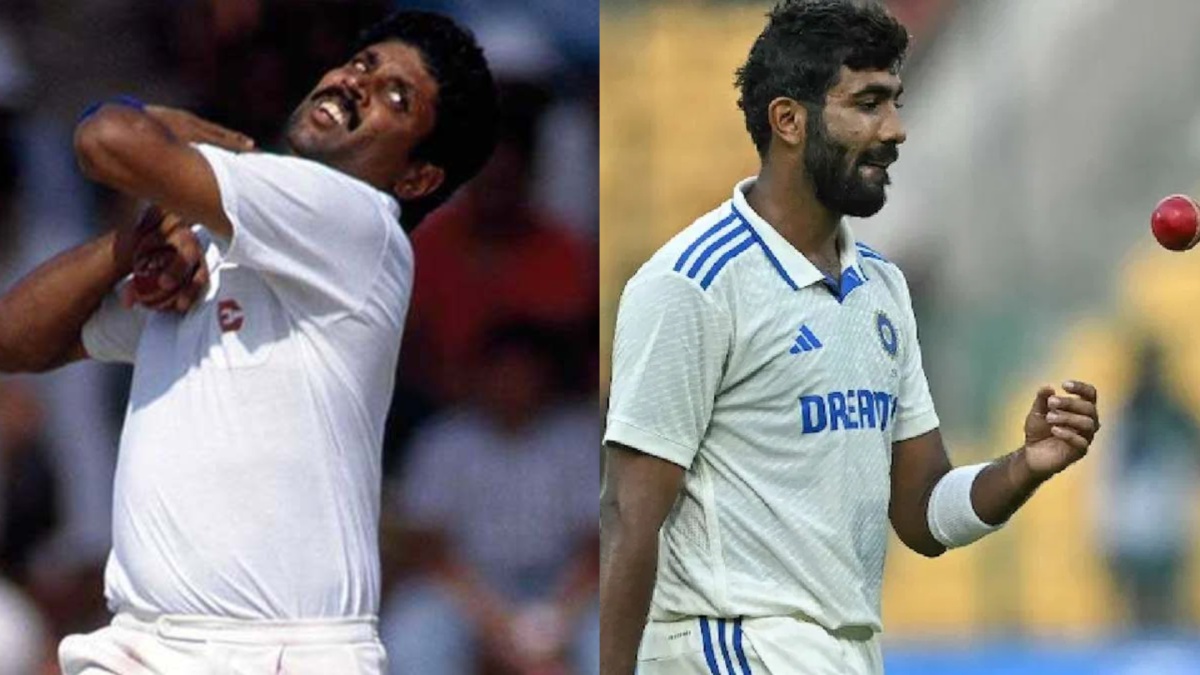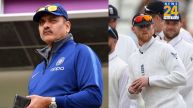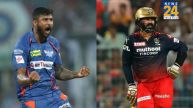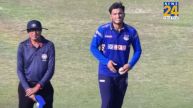Indian cricket has traditionally been known for its spin-bowling prowess, with legendary names like Anil Kumble, Erapalli Prasanna, and Bishan Bedi dominating the narrative. However, in the last few decades, the narrative has dramatically shifted. Indian fast bowlers, once perceived as a weak link in the team, have now evolved into world-class match-winners, capable of taking on the best in the business. The journey from “coal” to “diamond” for Indian fast bowlers is not just a transformation of skill and fitness, but also a reflection of India’s changing cricketing culture, infrastructure, and leadership.
Let’s take a deep dive into the evolution of Indian fast bowlers, focusing on statistical milestones, key players, and the turning points that have shaped the fast-bowling revolution in Indian cricket.
The Early Days: Struggles And Promise (1930s-1980s)
India’s fast bowling history begins with names like Mohammad Nisar and Ghulam Ahmed in the pre-independence era. However, Indian cricket was, for the most part, dominated by spinners. Fast bowling was an afterthought, and Indian pacers often lacked the pace or longevity to make a significant impact on the global stage.
In the 1970s and 1980s, there were glimpses of promise in pacers like Kapil Dev, who spearheaded India’s pace attack during the 1983 World Cup win.
Also Read: Cricket Archives: When India Conquered Australia To Win First Test Series!
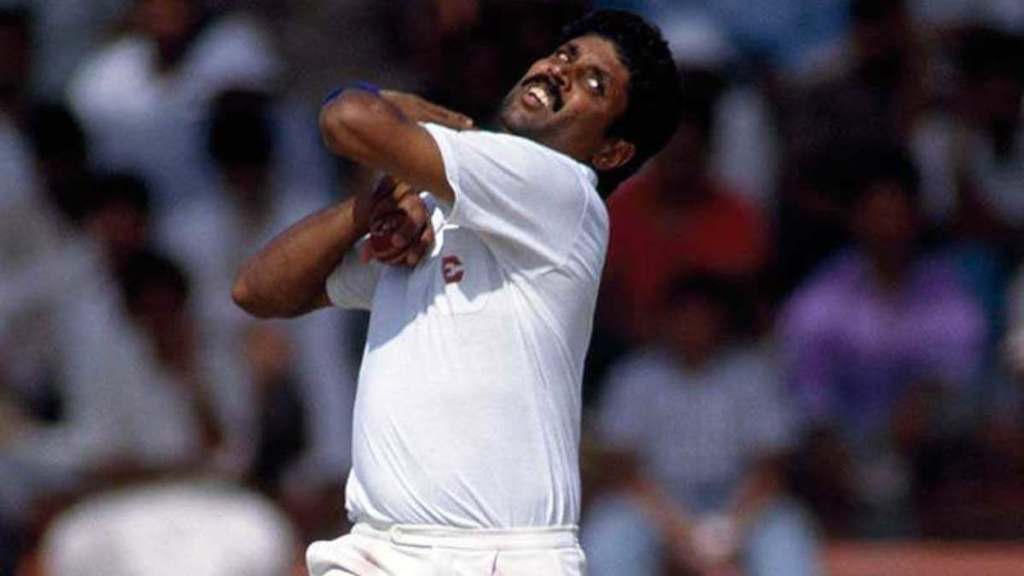
Kapil’s statistics tell a tale of resilience:
| Player | Matches Played | Wickets Taken | Bowling Average |
|---|---|---|---|
| Kapil Dev | 131 Tests | 434 | 29.64 |
| Richard Hadlee | 86 Tests | 431 | 22.29 |
| Dennis Lillee | 70 Tests | 355 | 23.92 |
| Curtly Ambrose | 98 Tests | 405 | 25.62 |
The Turning Point: The 1990s – The Age Of The ‘Four-Pronged Attack‘
The early 1990s saw India beginning to invest in pace bowling resources, though results were still inconsistent. The arrival of Javagal Srinath in the early 1990s marked the beginning of a new era. Srinath, who had the pace and the accuracy, laid the foundation for India’s future pace attacks.
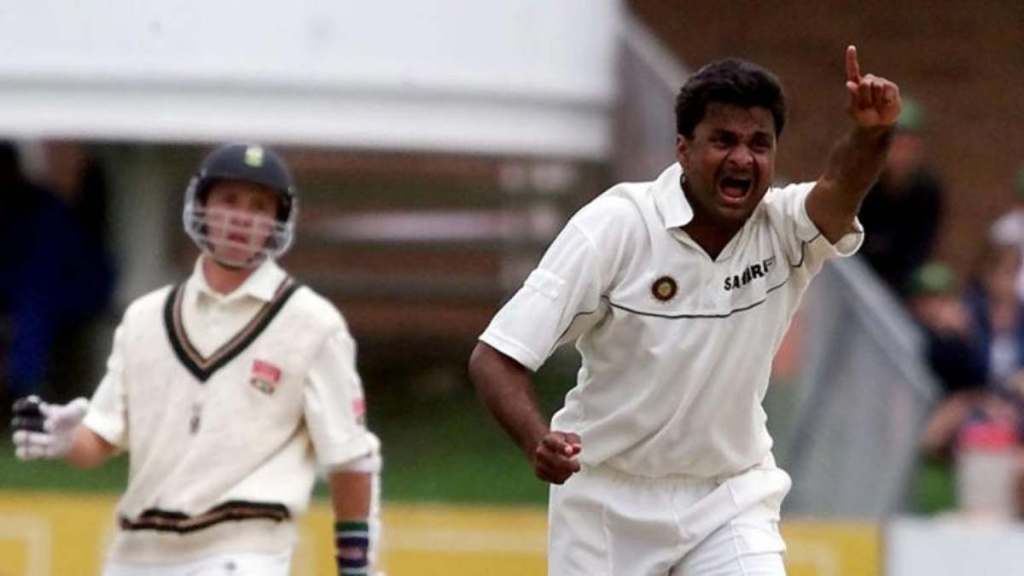
His statistics stand as a testament to his skill:
| Player | Matches Played | Wickets Taken | Bowling Average |
|---|---|---|---|
| Javagal Srinath | 67 Tests | 236 | 30.49 |
Alongside him, Anil Kumble continued to shine with his spin wizardry, but it was the development of young pacers like Venkatesh Prasad and Ajit Agarkar that began to show promise.
By the late 1990s, India’s fast-bowling department became more robust, with players like Zaheer Khan breaking through.
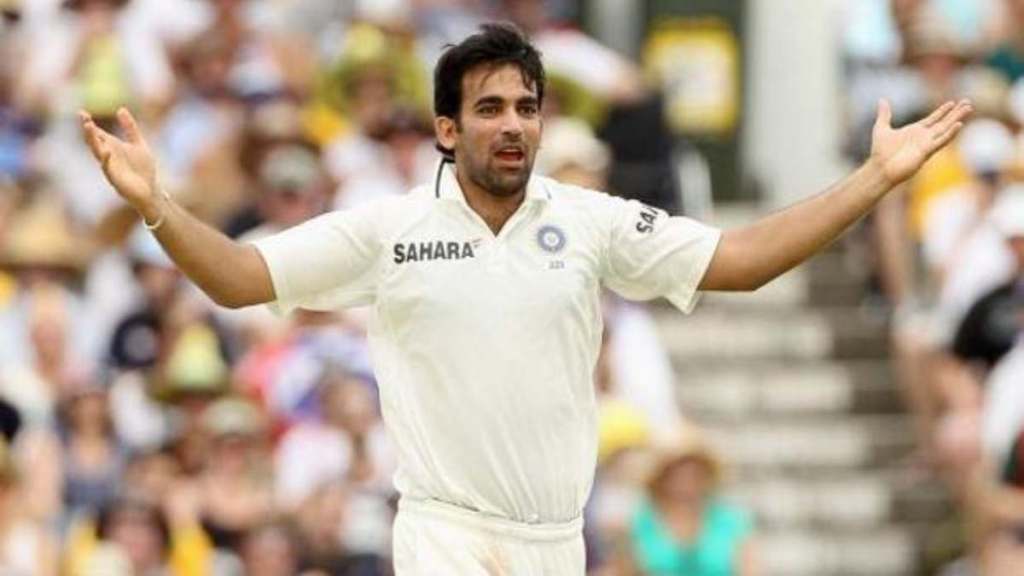
Khan, who debuted in 2000, brought a fresh perspective to Indian fast bowling with his left-arm pace and seam movement. Zaheer Khan’s stats:
| Player | Matches Played | Wickets Taken | Bowling Average |
|---|---|---|---|
| Zaheer Khan | 92 Tests | 311 | 32.94 |
Zaheer Khan in the 2003-2004 series against Australia, where India nearly defeated Australia in their backyard, was a pivotal moment in Indian cricket history.
The Modern Era: World-Class Fast Attack (2010-Present)
The biggest change in Indian cricket came in the 2010s when fast bowling became a world-class commodity rather than a weakness. The rise of bowlers like Ishant Sharma, Mohammed Shami, Bhuvneshwar Kumar, and Jasprit Bumrah has brought Indian fast bowling to the forefront.
Ishant Sharma: The Veteran Who Set The Pace
Ishant Sharma, often criticized early in his career for his inconsistency, has blossomed into one of India’s premier fast bowlers. His ability to bowl long spells, extract bounce, and move the ball both ways made him the spearhead of India’s pace attack in overseas conditions.
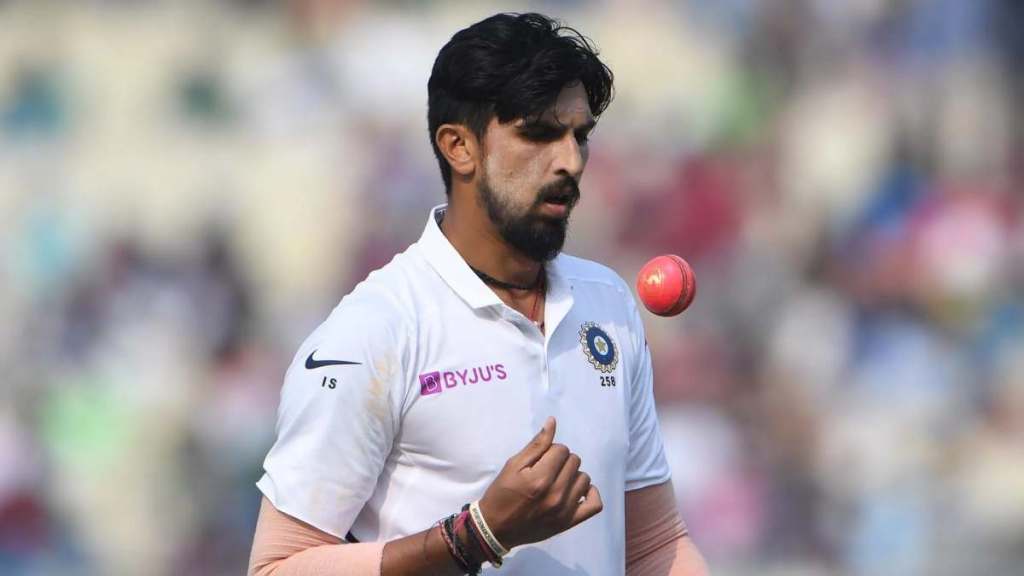
| Player | Matches Played | Wickets Taken | Bowling Average |
|---|---|---|---|
| Ishant Sharma | 105 Tests | 311 | 32.34 |
His 5-wicket haul in Australia in the 2018-19 series at the MCG and his performance in Sri Lanka (2015) showcased his maturity as a bowler, making him an essential part of India’s fast-bowling attack.
Mohammed Shami: The Unstoppable Force
Mohammed Shami’s pace and accuracy make him one of the most consistent fast bowlers in world cricket today. He’s one of the few Indian fast bowlers to regularly breach the 140 km/h barrier and has the knack for picking up wickets in the most crucial situations.
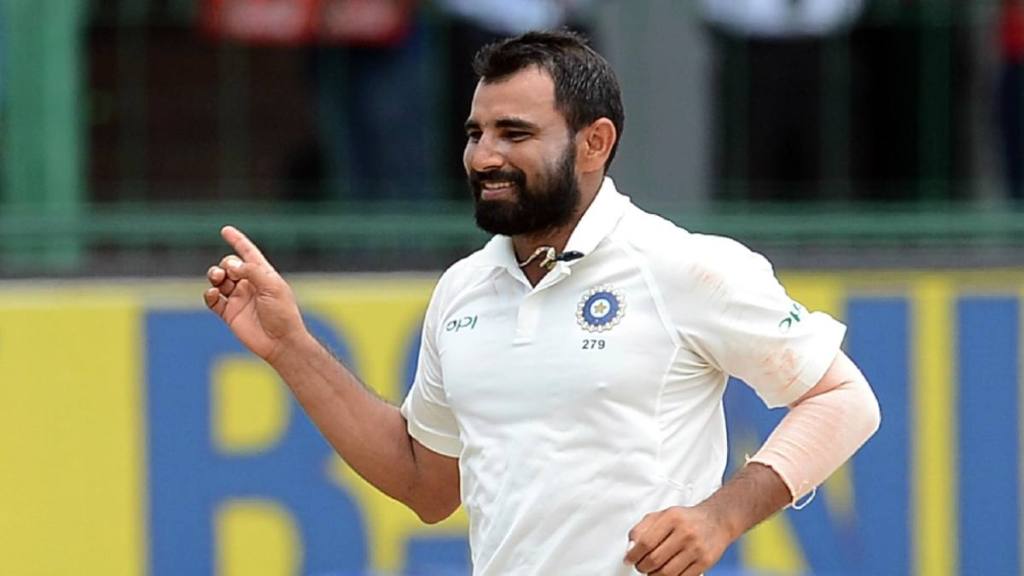
| Player | Matches Played | Wickets Taken | Bowling Average |
|---|---|---|---|
| Mohammed Shami | 64 Tests | 229 | 27.71 |
Jasprit Bumrah: The New Era Of Indian Fast Bowling
Jasprit Bumrah’s rise has been nothing short of meteoric. With his unique action, pace, and ability to bowl yorkers, Bumrah has transformed Indian fast bowling into a force to reckon with. His rise has been a critical turning point in Indian cricket, as he became the go-to bowler in all formats, especially in the shortest format.
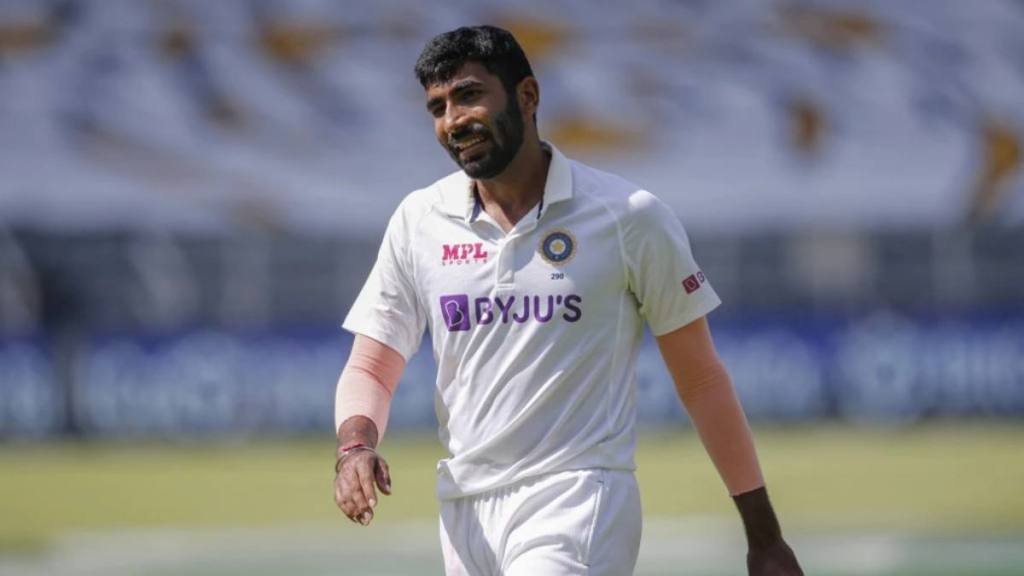
| Player | Matches Played | Wickets Taken | Bowling Average |
|---|---|---|---|
| Jasprit Bumrah | 40 Tests | 173 | 20.57 |
Bumrah’s performance in Australia (2018-19) and the 2018 England series where he picked up crucial wickets on challenging wickets highlighted his versatility and match-winning ability. He is regarded as one of the best fast bowlers in the world today.
Bhuvneshwar Kumar: The Swing King
Bhuvneshwar Kumar’s ability to swing the ball both ways, especially in helpful conditions, has made him a vital cog in India’s fast bowling unit. He has been particularly effective in India and subcontinental conditions, where he can make the ball talk early in the innings.
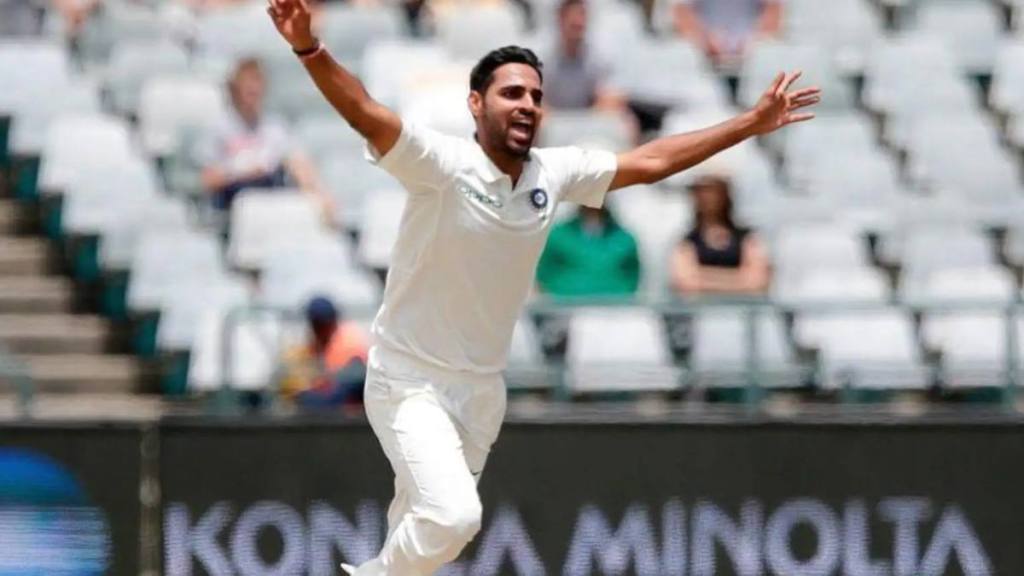
| Player | Matches Played | Wickets Taken | Bowling Average |
|---|---|---|---|
| Bhuvneshwar Kumar | 21 Tests | 63 | 26.92 |
Bhuvneshwar’s ability to make breakthroughs with the new ball has been invaluable in India’s success. His 4-wicket haul in Lord’s (2014) and his performances in South Africa further cement his reputation as a top-class swing bowler.
From the humble beginnings of players such as Kapil Dev and Javagal Srinath to today’s world-class attack with pace featuring Bumrah, Shami, and Ishant, the story was one of perseverance and relentless effort interspersed by unmatched innovation. Indian pacers were once marginalized; now, they are as feared as any in world cricket.
Today, India’s fast bowlers have redefined global expectations, and the transformation from “coal” to “diamond” is visible in their performances across the world. The young talent emerging from the domestic circuit has a bright future ahead of it.
Also Read: Did Rachin Ravindra Get Special Treatment From CSK? Robin Uthappa Slams THIS Controversial Decision

